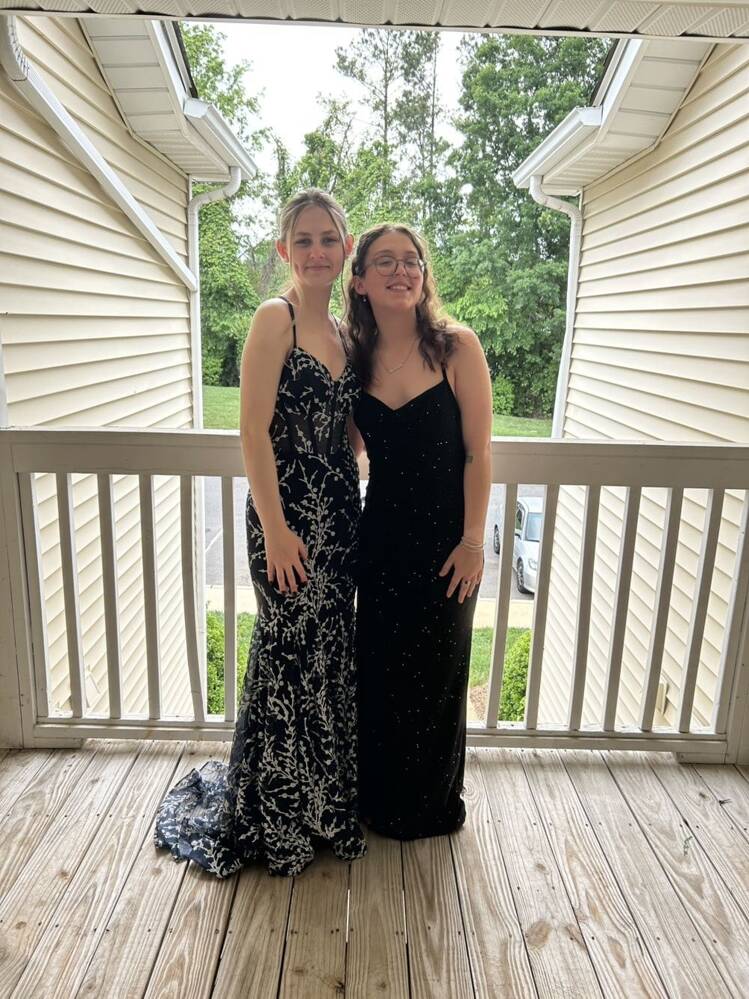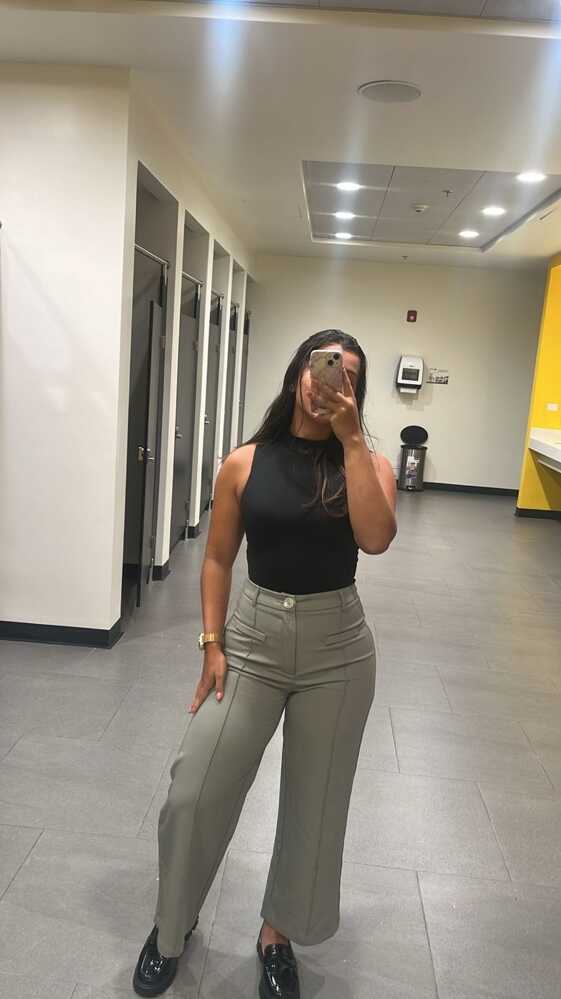
Embarking on a sewing journey can be both exciting and daunting for beginners. With so many options available, finding the right project to start with is crucial for building confidence and skills. Sewing patterns for beginners offer a great way to learn the basics while creating something useful or wearable. From simple fabric napkins to easy dress sewing patterns, there's a wide range of projects suitable for those just starting out.
For newcomers to the world of sewing, it's essential to begin with projects that introduce fundamental techniques without overwhelming them. This article explores some of the most beginner-friendly sewing projects, including eco-friendly fabric napkins, simple skirts, and zipper pouches. These projects allow novices to get familiar with their sewing machine, practice basic stitches, and even try their hand at garment construction. By starting with these easy sewing patterns for beginners, aspiring sewists can gradually build their skills and move on to more complex projects like maxi skirts, pinafore dresses, or even t-shirt sewing.
Fabric Napkins: Eco-Friendly Beginner Project
Fabric napkins offer an eco-friendly alternative to disposable paper napkins, making them an ideal beginner sewing project. They are reusable, easily washed, and add a touch of elegance to any table setting. This project introduces novice sewers to basic techniques while creating a practical and sustainable household item.
Choosing Suitable Fabrics
When selecting fabric for napkins, beginners should opt for stable, non-stretchy materials that are easy to work with. Cotton and linen are excellent choices due to their absorbency and durability. Quilting cotton is an inexpensive option that comes in a variety of colors and patterns, while linen provides a more upscale look for special occasions.
Fat quarters, which measure approximately 18x21 inches, are a convenient and cost-effective option for making napkins . These pre-cut fabric pieces are readily available and perfect for this project.
Cutting and Hemming
To create a standard-sized napkin, start by cutting the fabric into 18-inch squares . For those using fat quarters, simply trim them to the desired size, typically 18x21 inches .
The hemming process involves several steps:
- Press the fabric edges: Fold the edges over by 3/8 inch and press with an iron.
- Create a double fold: Roll the pressed edge over again to encase the raw edge, and press once more.
- Secure with clips: Use fabric clips to hold the folded hem in place .
- Stitch the hem: Using a straight stitch set to 3.0mm length, edge stitch along the folded hem .
- Repeat for all sides: Complete this process for all four sides of the napkin, working on opposite edges first .
For a professional finish, backstitch at the beginning and end of each seam to secure the stitching.
Adding Decorative Touches
To personalize your napkins, consider adding simple decorative elements:
- Contrasting thread: Use a thread color that complements or contrasts with your fabric for a subtle decorative touch.
- Mitered corners: For a polished look, create mitered corners by folding the corners at a 45-degree angle before hemming.
- Embroidery: Add a small embroidered design or monogram in one corner for a personalized touch.
By completing this project, beginners can practice essential sewing skills while creating a useful, eco-friendly product. As confidence grows, sewers can experiment with different fabrics and sizes to create custom napkin sets for various occasions.
Simple Skirts: First Wearable Project
Taking Measurements
To create a simple skirt, accurate measurements are crucial. Begin by measuring the natural waist, which can be found by tying a string around the waist and allowing it to settle after bending from side to side . For most women, the full hip measurement is taken about 9 inches below the natural waist, though this may vary for different body types . The waist-to-hip measurement is essential for determining the skirt's fit and shape.
Next, decide on the desired skirt length by measuring from the natural waist to where the skirt should end . For a gathered skirt, it's recommended to use 1.5 times the waist measurement for the fabric width, adding 4 inches for seam allowance and ease. This extra fabric allows the skirt to be pulled on and off without a zipper.
Cutting Fabric
Once measurements are taken, it's time to cut the fabric. For a basic gathered skirt, cut a rectangular piece using the calculated width and length measurements. Add 3.5 inches to the desired length to accommodate the elastic waistband and hem. If the waist measurement exceeds 25 inches, consider using two fabric widths to ensure sufficient gathering.
For a circular skirt, the process is slightly different. Divide the hip measurement plus ease by 6.284 to determine the radius for the waist seam circle. Fold the fabric into quarters and mark the radius from the folded corner to create the circular shape .
Adding an Elastic Waistband
To create the elastic waistband, first determine the elastic width. A 3/4-inch or 1-inch wide elastic is suitable for most skirts. Measure the elastic around the waist, stretching it slightly for a snug but comfortable fit, and add an inch for seam allowance.
Create a casing for the elastic by folding the top edge of the fabric over by 1/4 inch, then folding it again by 1 inch (or slightly wider than the elastic). Pin and sew close to the bottom edge of the fold, leaving a 2-inch opening for inserting the elastic.
Attach a safety pin to one end of the elastic and feed it through the casing. Once the elastic is fully inserted, overlap the ends by an inch and sew them together securely. Distribute the gathers evenly and close the opening in the casing to complete the waistband.
Zipper Pouches: Introducing Basic Closures
Selecting Zippers
Choosing the right zipper is crucial for creating functional and attractive zipper pouches. For beginners, a 9-inch nylon coil zipper is an excellent choice. These zippers are versatile and easy to work with, making them ideal for various pouch sizes. When selecting a zipper, consider the desired length of your pouch, as the zipper typically determines the overall length. For added style, look for zippers with unique features like colorful teeth or decorative pulls.
Preparing Fabric Pieces
To create a basic zipper pouch, you'll need fabric for both the outer layer and lining. Cut two rectangles for each layer, measuring 10.5 inches by 6.5 inches. This size accommodates a 9-inch zipper while allowing for seam allowances. For added structure, consider using fusible fleece on the outer fabric pieces. This step enhances the pouch's durability and gives it a more professional finish.
Sewing Zipper to Fabric
- Begin by placing the lining fabric face up on your work surface .
- Position the zipper face up along the raw edge of the lining fabric .
- Place the outer fabric face down on top of the zipper, creating a "zipper sandwich" .
- Secure the layers with wonder clips or pins .
- Using a zipper foot on your sewing machine, stitch close to the zipper teeth.
- Repeat this process for the other side of the zipper .
After attaching both sides, press the fabric away from the zipper and topstitch along each side for a professional finish . This method ensures a clean, enclosed zipper installation that's perfect for beginners. With practice, you'll find that creating zipper pouches becomes a quick and enjoyable project, ideal for using fabric scraps and making personalized gifts.
Conclusion: Expanding Your Sewing Skills
Sewing offers a rewarding journey for beginners, with projects that build skills and confidence step by step. From eco-friendly fabric napkins to simple skirts and zipper pouches, these starter projects provide a solid foundation to explore the craft. Each project introduces key techniques, allowing newcomers to get familiar with their sewing machine, practice basic stitches, and even try their hand at garment construction.
As beginners gain experience, they can gradually tackle more complex projects, expanding their sewing repertoire. The skills learned from these initial projects lay the groundwork for future endeavors, whether it's creating custom clothing, home decor, or unique handmade gifts. So grab your fabric, thread your machine, and start stitching – your sewing adventure awaits!
FAQs
What are some ideal sewing projects for beginners?
There are numerous fun and easy sewing projects suitable for beginners, including:
- A simple six-pocket bag
- An oilcloth table runner
- Curtain panels
- A farmers market tote bag
- A fabric utensil holder
- A DIY canvas tote bag
- A knot bag
- A reusable snack bag
What is the simplest sewing project to start with?
For those new to sewing, some super cute and easy projects include:
- Fabric bins for organizing sewing supplies
- An easy sunglasses case
- A cute envelope clutch
- A pool bag with pockets
- A chic napkin tutorial
- A wristlet key fob
- Fruit slice purses
- A DIY laptop bag
What should a beginner sew first?
A great starting project for a beginner is a cushion cover. It's a straightforward project that helps you practice basic sewing skills and quickly create your first pattern.
Which garment is easiest for beginners to sew?
Knit garments are often recommended for beginners due to their ease of handling. A simple project to consider is a pull-on dress with a scoop neckline and an elasticated waistline, which is easy to make and perfect for those new to sewing.















